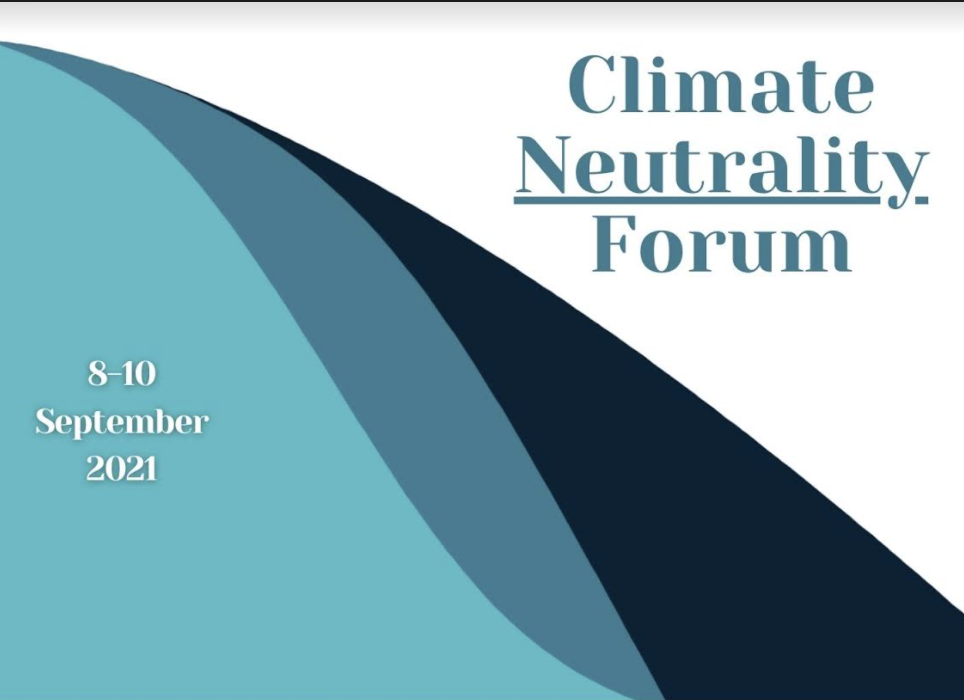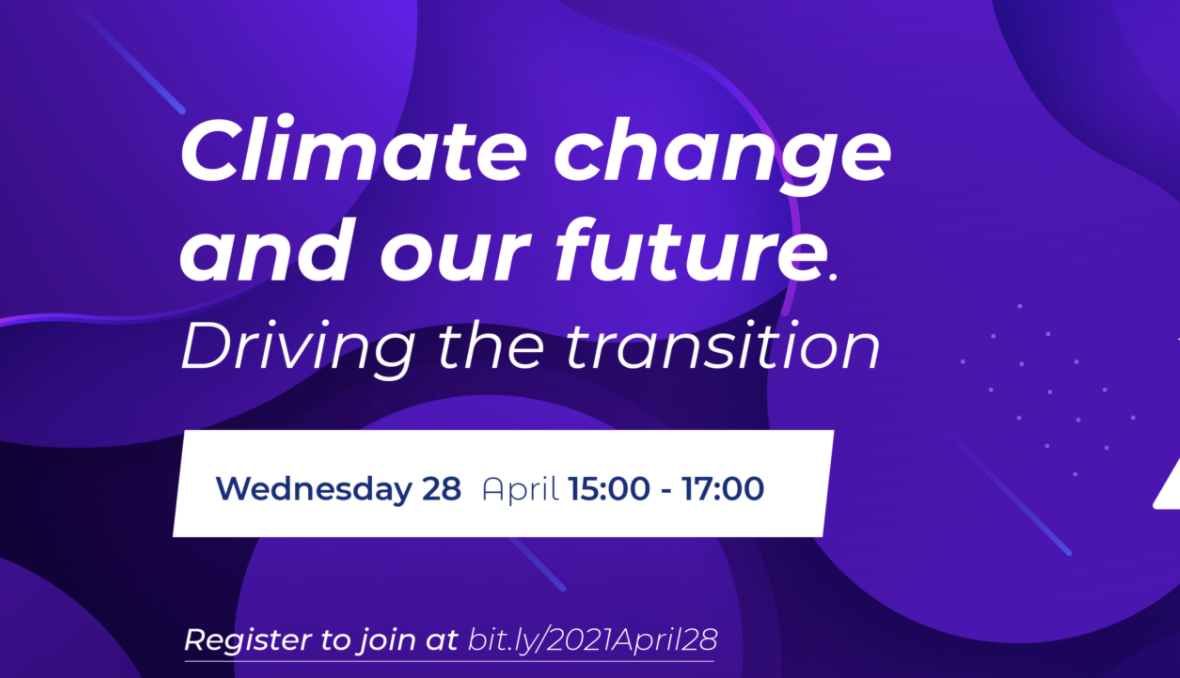
Low-carbon policies can be ‘balanced’ to benefit small firms and average households
A review of ten types of policy used to reduce carbon suggests that some costs fall on those less able to bear them – but it also shows these policies can form the bedrock of a ‘green recovery’ if specifically designed and used in tandem.
Some of the low-carbon policy options currently used by governments may be detrimental to the households and small businesses less able to manage added short-term costs from energy price hikes, according to a new study. However, it also suggests that this menu of decarbonising policies, from quotas to feed-in tariffs, can be designed and balanced to benefit local firms and lower-income families – vital for achieving ‘Net Zero’ carbon and a green recovery.
Researchers combed through thousands of studies to create the most comprehensive analysis to date of widely used types of low-carbon policy, and compared how they perform in areas such as cost and competitiveness. The findings are published today in the journal Nature Climate Change. The researchers also poured all their data into an interactive online tool that allows users to explore evidence around carbon-reduction policies from across the globe.
“Preventing climate change cannot be the only goal of decarbonisation policies,” said study lead author Dr Cristina Peñasco, a public policy expert from the University of Cambridge. “Unless low-carbon policies are fair, affordable and economically competitive, they will struggle to secure public support – and further delays in decarbonisation could be disastrous for the planet.”
Peñasco authored the review with Prof. Laura Diaz Anadon, Director of Cambridge’s Centre for Environment, Energy and Natural Resource Governance (C-EENRG), and Prof. Elena Verdolini from the RFF-CMCC European institute on Economics and the Environments (EIEE), the Euro-Mediterranean Centre on Climate Change and University of Brescia. Anadon and Verdolini lead the workpackage of the EU project INNOPATHS that funded the work.
Around 7,000 published studies were whittled down to over 700 individual findings. These results were coded to allow comparison – with over half the studies analysed “blind” by different researchers to avoid bias.
The ten policy “instruments” covered in the study include forms of investment – targeted R&D funding, for example – as well as financial incentives including different kinds of subsidies, taxes, and the auctioning of energy contracts. The policies also include market interventions – e.g. emissions permits; tradable certificates for clean or saved energy – and efficiency standards, such as those for buildings.
Researchers looked at whether each policy type had a positive or negative effect in various environmental, industrial and socio-economic areas. When it came to “distributional consequences” – the fairness with which the costs and benefits are spread – the mass of evidence suggests that the impact of five of the ten policy types are far more negative than positive.
“Small firms and average households have less capacity to absorb increases in energy costs,” said co-author Laura Diaz Anadon, Professor of Climate Change Policy. “Some of the investment and regulatory policies made it harder for small and medium-size firms to participate in new opportunities or adjust to changes. If policies are not well designed and vulnerable households and businesses experience them negatively, it could increase public resistance to change – a major obstacle in reaching net zero carbon,” said Anadon.
For example, feed-in tariffs pay renewable electricity producers above market rates. But these costs may bump energy prices for all if they get passed on to households – leaving the less well-off spending a larger portion of their income on energy.
Renewable electricity traded as ‘green certificates’ can redistribute wealth from consumers to energy companies – with 83% of the available evidence suggesting they have a “negative impact”, along with 63% of the evidence for energy taxes, which can disproportionately affect rural areas.
However, the vast tranche of data assembled by the researchers reveals how many of these policies can be designed and aligned to complement each other, boost innovation, and pave the way for a fairer transition to zero carbon. For example, tailoring feed-in tariffs (FiTs) to be “predictable yet adjustable” can benefit smaller and more dispersed clean energy projects – improving market competitiveness and helping to mitigate local NIMBYism*.
Moreover, revenues from environmental taxes could go towards social benefits or tax credits e.g. reducing corporate tax for small firms and lowering income taxes, providing what researchers call a “double dividend”: stimulating economies while reducing emissions.
The researchers argue that creating a “balance” of well-designed and complementary policies can benefit different renewable energy producers and “clean” technologies at various stages. Government funding for research and development (R&D) that targets small firms can help attract other funding streams – boosting both eco-innovation and competitiveness. When combined with R&D tax credits, it predominantly supports innovation in startups rather than corporations. Government procurement, using tiered contracts and bidding, can also improve innovation and market access for smaller businesses in “economically stressed” areas. This could aid the “levelling up” between richer and poorer regions as part of any green recovery.
“There is no one-size-fits-all solution,” said Peñasco. “Policymakers should deploy incentives for innovation, such as targeted R&D funding, while also adapting tariffs and quotas to benefit those across income distributions. We need to spur the development of green technology at the same time as achieving public buy-in for the energy transition that must start now to prevent catastrophic global heating.”
*Acronym for ‘Not In My Backyard’ – a colloquialism for local residents opposing a development in their area.
The study is published on Nature Climate Change:
Cristina Peñasco, Laura Díaz Anadón, Elena Verdolini
Systematic review of the outcomes and trade-offs of ten types of decarbonization policy instruments,
Nature Climate Change, DOI: 10.1038/s41558-020-00971-x





